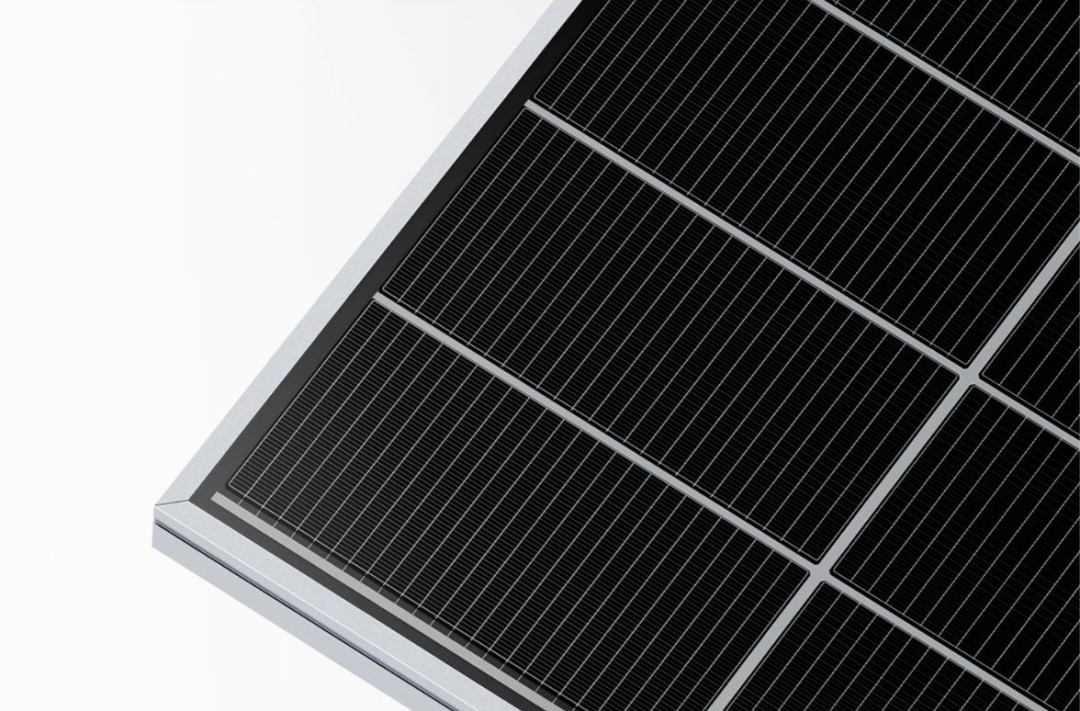December 23, 2024 – Within the dynamic solar sector, the focus remains on cost-efficiency and performance optimization. Yet, realizing mass production alongside high power levels poses a formidable challenge. Risen Energy, a leader in heterojunction (HJT) technology, has recently announced the upcoming mass production of their HJT Hyper-ion Pro 730+ Module in Q1 2025. This product is set to potentially become the market leader in terms of commercially available power output.

For ground-mounted solar photovoltaic (PV) power plants, the economic viability benchmark revolves around achieving higher power output and conversion efficiency, increased bifaciality, enhanced electricity generation, and reduced costs. These criteria shape the economic considerations governing module choices.
Risen Energy currently holds a 5GW capacity in HJT technology. The company foresees a pivotal moment in the upcoming first quarter, with one-third of this capacity set to achieve a power output of 730W, a module efficiency of 23.5%, and a bifaciality of 85%. At that juncture, Risen Energy will mark its first significant shipment of high-power modules, which stands as a testament to Risen Energy’s pioneering position in HJT technology, highlighting its strategic response to differentiate itself in the fiercely competitive solar market. Following the universal adoption of 210mm wafers, these modules are sized at 2384*1303mm.
“The high bifaciality and remarkably low temperature coefficient of around -0.24%/°C in our new HJT Hyper-ion Pro 730+ Module mean significant gains in electricity generation, particularly in high-temperature regions. Recent empirical data from a power plant in Saudi Arabia shows that the wattage output of our HJT Hyper-ion modules surpasses that of TOPCon products by about 4%, demonstrating that our relentless dedication to HJT technology has been worthwhile!” Said Song Yifeng, Global Product Center Director of Risen Energy.
The new HJT Hyper-ion Pro 730+ Module, now offering 730W, represents a significant advancement over the previous model, achieved through breakthroughs in three key technologies: Light Conversion Film (LCF) technology, knotless steel mesh printing, and high-transfer target materials.
Light Conversion Film
At its core, through the application of LCF, ultraviolet (UV) light, usually absorbed by the embedding material, converts into visible blue light, imparting a blue hue to the solar module. This transformation boosts photon reactivity, increasing the light available for utilization. Risen Energy, in collaboration with film suppliers, has conducted secondary development on LCF technology. By precisely controlling the composition of light conversion materials and optimizing package processes, this technology fully minimizes the negative impact of UV radiation on cells. This not only significantly boosts module output power but also ensures long-term stability, enhancing module performance outdoor by demonstrating higher stability and lower power degradation rates.
Steel Mesh Printing Technology with 100% Open-Area Design
While the industry commonly employs screen printing, the knotless steel mesh printing ensures exceptional ink permeability, enabling high-precision printing with ultra-narrow linewidths. The low linearity fluctuation and excellent flatness of the steel mesh not only help save paste consumption but also reduce grid line resistance, thereby enhancing overall cell efficiency. Additionally, compared to conventional screen printing, the abrasion and puncture resistance of fully open-area steel mesh is superior, extending its lifespan by 2 to 3 times and reducing costs.
High-Transfer Target Materials
By enhancing the migration rate of TCO film layers and reducing light absorption, this technology increases the utilization of light to electricity conversion in the PN junction, ultimately boosting module power output. The external quantum efficiency (EQE) of high-transfer target materials is higher in the visible to near-infrared spectrum compared to traditional materials. Since the improvement of EQE in this spectrum has less impact on module packaging losses, it further contributes to enhancing the module’s Conversion Temperature Management (CTM) value.
In addition to technological breakthroughs, Risen Energy consistently upholds the quality of its products. Besides conducting routine application scenario tests on photovoltaic modules, Risen Energy continues to subject them to rigorous testing under extreme conditions, ensuring that the modules can maintain a stable operational state throughout their typical life cycle, which spans around 25-30 years. Recently, Risen Energy’s HJT Hyper-ion Module has successfully passed several rigorous tests, including the IEC stringent thermal cycling test, the IEC 62788 sand and dust abrasion test, the cyclic wind load test based on AS/NZS 1170, and the IEC extremely low-temperature load test.
“In terms of efficiency improvement and cost reduction, our cash costs for HJT technology have now aligned with those of TOPCon,” added Song. “While the initial equipment investment for HJT is higher, the superior performance and potential cost savings in operation make it a compelling choice for the future,” said Song.
The market will ultimately determine whether HJT technology can lead the next wave in the solar industry.
For more information, please contact:
Risen Energy Co., Ltd.
Info@risenenergy.com
Media Contact
Company Name: Risen Energy CO. LTD.
Contact Person: Min Xiao
Email: Send Email
City: Ninghai
Country: China
Website: https://en.risenenergy.com/
